The M10 Booker and how the Army flubbed a tank
- By Travis Pike
Share This Article
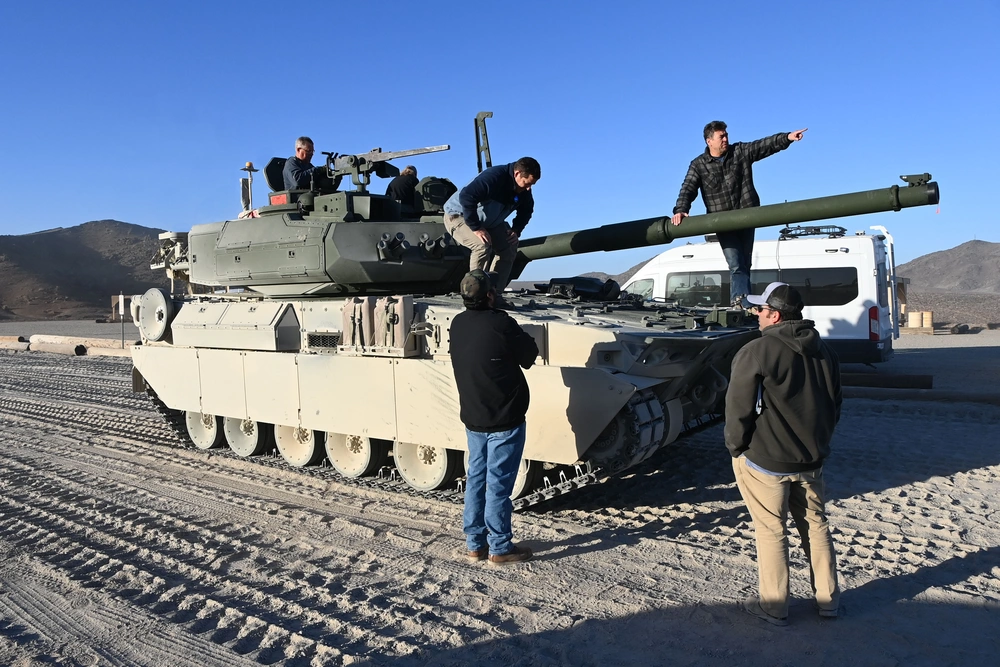
It all started with the boys of the 101st Airborne asking for a new tank, specifically, something lighter than the M1 Abrams that they could push out the back of a C-130. The final result was the M10 Booker.
Alternatively known as the MPF or Mobile Protected Firepower program, the M10 was arguably a massive waste of time and resources although the idea had potential.
The idea behind the M10 Booker
Airborne forces wanted something that fell between an M1 Abrams and an APC like a Bradley – what could be described as a “light tank.” Nevertheless, the Army didn’t call it a light tank. In fact, it balked at the idea of it being a light tank, since, according to the Army, light tanks are typically used for reconnaissance.
The Army called for light-recoiling tank gun and based the M10 Booker on the Austrian-Spanish ASCOD 2 Infantry Fighting Vehicle.
The M10 Booker’s purpose was to support infantry operations and to neutralize bunkers, gun emplacements, and light armored vehicles. Major General Glenn Dean called it an “assault gun,” which highlights its offensive capabilities.
Major General Dean would go on to say that, “The M10 Booker is an armored vehicle that is intended to support our Infantry Brigade Combat Teams by suppressing and destroying fortifications, gun systems and trench routes, and then secondarily providing protection against enemy armored vehicles.”
The M10 certainly had the ability to do so. Its main gun was a 105mm M35 Tank Gun which had been historically used on light tanks, like the M8 Armored Gun System. The 105mm isn’t as good as the 120mm but could do some damage to enemy armor. It also has a Browning M2 machine gun and an M240 machine gun.
Overall, the Booker had considerable firepower for an armored vehicle that could be pushed out of a C-130.
Forgetting its purpose
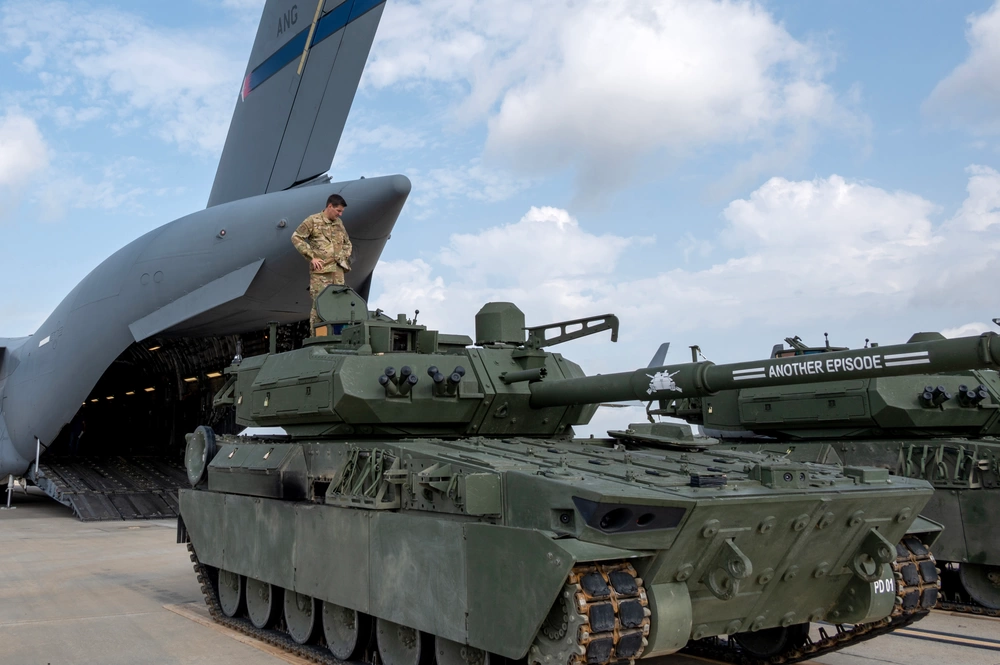
The original request for the Booker came in 2013, however, by 2015, the Army had decided that the vehicle didn’t need to be airdroppable. At this point, the Army should have reflected and realized that without that requirement, the M10 would lose its purpose.
But no one spoke truth to power and the project went ahead.
At 42 tones, the M10 Booker isn’t a light tank: it’s lighter than the 70-ton Abrams, but heavier than the main battle tanks of other countries. Calling the M10 Booker a light tank is like calling the second biggest kid on the football team “lightweight.” In fact, it’s too heavy to cross eight of the 11 bridges on Fort Campbell.
While the C-130 can’t carry a Booker due to the tank’s weight, a C-17 Globemaster can carry two.
Related: The C-17 Globemaster is the Air Force’s unsung hero
Problems kept piling up
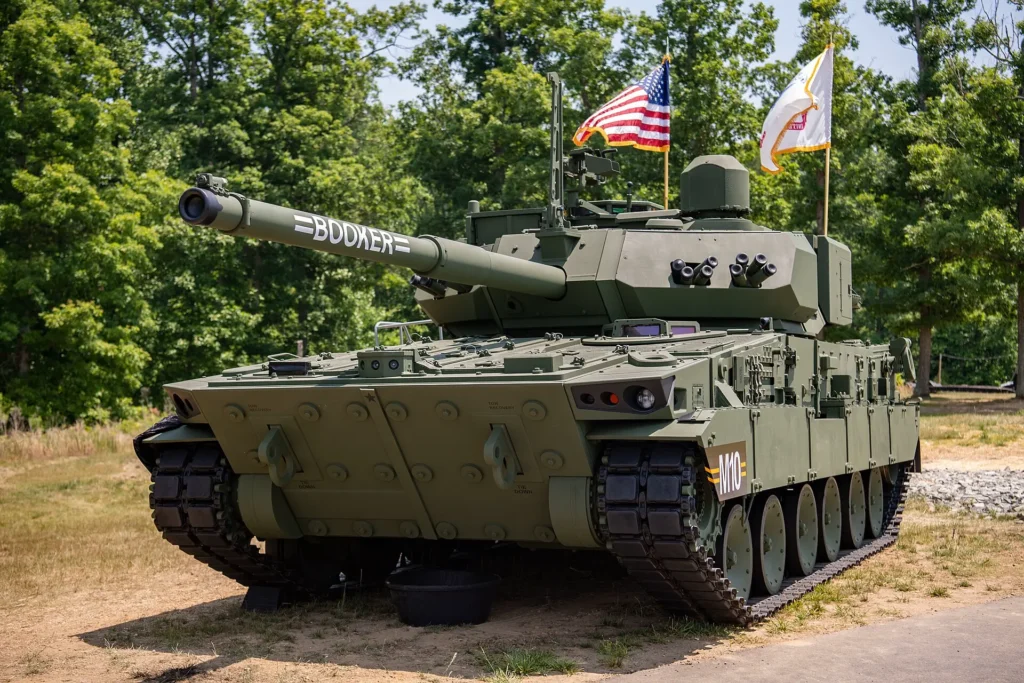
Nevertheless, in 2023, 10 years after the Airborne forces requested it, the M10 Booker entered service.
However, 10 years is a long time, so although the tank was compatible with gear from 2000, it lacked autonomous capabilities, which are a major focus for the military’s future. Technologically, the Booker was old even though it had just entered service.
Further, the Booker contract restricted the Army’s right to repair the M10 Booker. Instead, General Dynamics Land Systems was the authorized repairer. This meant problems that the Army could well handle would have to be fixed by General Dynamics increasing the cost and putting an unheard-of amount of power in a defense contractor’s hands.
Canceling it was the right decision
The contract for the M10 Booker was canceled in May 2025 due to cost. Twelve years later, the Army figured out the machine they made was an expensive camel: a horse made by a committee.
Currently, the Army has 80 M10 Bookers in its arsenal.
It’s doubtful if the Army will try to produce another airdroppable vehicle, at least for now. However, the idea has merit, so if the Army undertakes it again it needs to focus on the core mission of the vehicle and not let it get out of sight.
Feature Image: The M10 Booker tested at U.S. Army Yuma Proving Ground, December 2024. (Photo by Mark Schauer/U.S. Army Yuma Proving Ground)
Read more from Sandboxx News
- Israel wipes out Iranian F-14 Tomcats on the airstrip
- The gravity of the situation: How to fly a fighter upside down
- Israel eliminates Iran’s top military leaders and strikes nuclear facility in unprecedented attack
- Air Force gives us a glimpse of its new AGM-181 LRSO nuclear missile
- The five best bayonets still in use around the world
Related Posts
Sandboxx News Merch
-

‘Kinetic Diplomacy’ Bumper Sticker (White)
$8.00 Add to cart -

‘Sandboxx News’ Camo Trucker Hat
$29.00 Select options This product has multiple variants. The options may be chosen on the product page -

A-10 ‘Thunderbolt Power’ Poster
$22.00 – $28.00 Select options This product has multiple variants. The options may be chosen on the product page

Travis Pike
Travis Pike is a former Marine Machine gunner who served with 2nd Bn 2nd Marines for 5 years. He deployed in 2009 to Afghanistan and again in 2011 with the 22nd MEU(SOC) during a record-setting 11 months at sea. He’s trained with the Romanian Army, the Spanish Marines, the Emirate Marines, and the Afghan National Army. He serves as an NRA certified pistol instructor and teaches concealed carry classes.
Related to: Gear & Tech
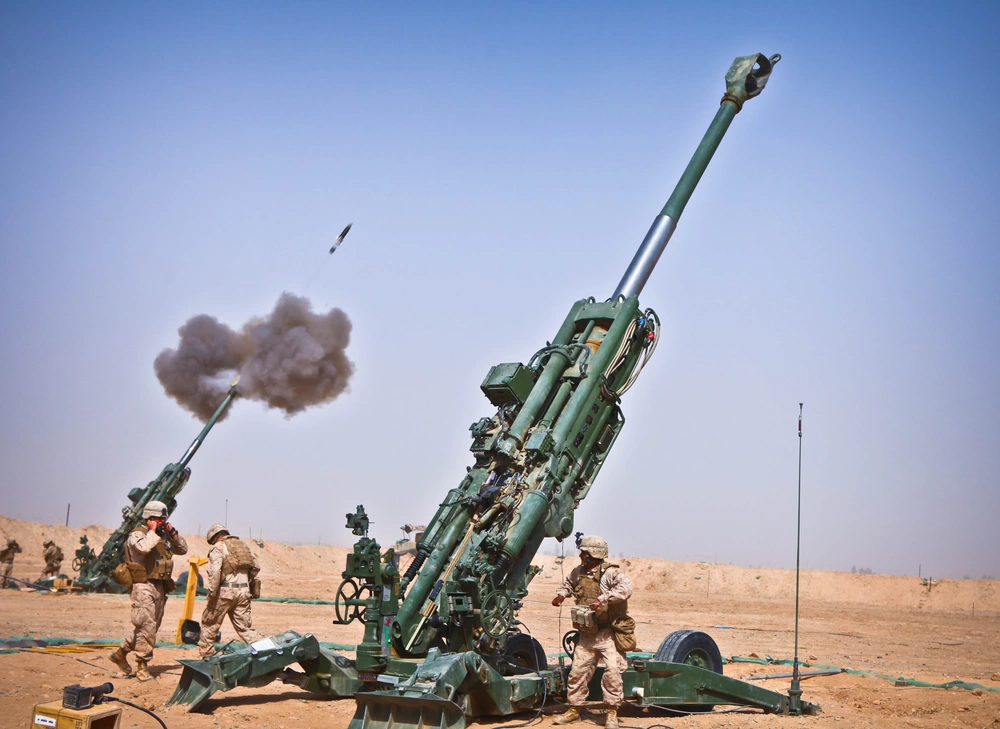
Unusual and unconventional artillery shells
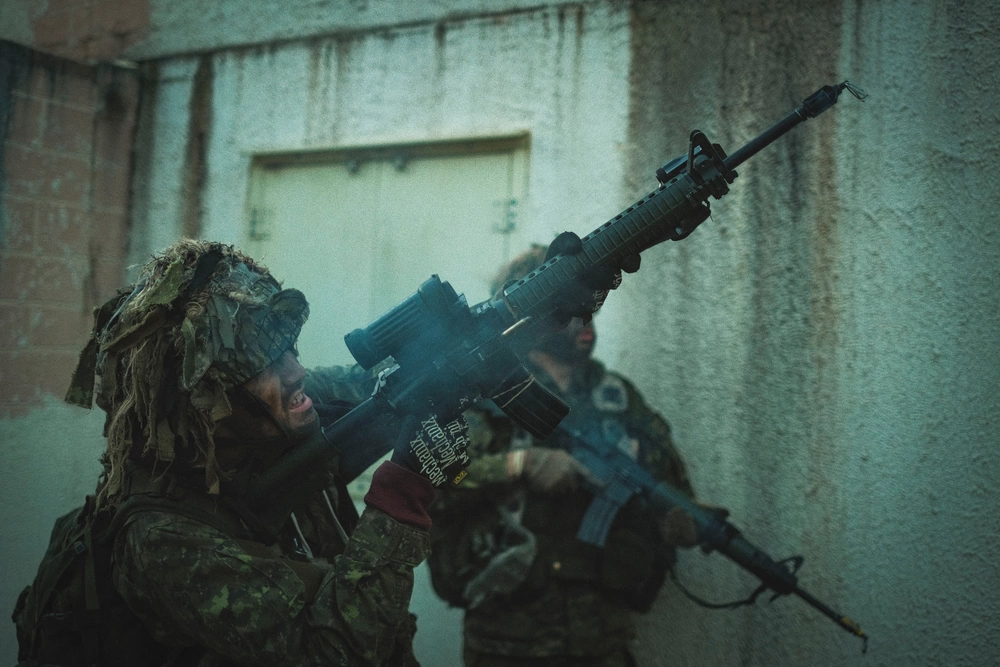
Canada’s superior C7 and C8 – Service rifles from around the world
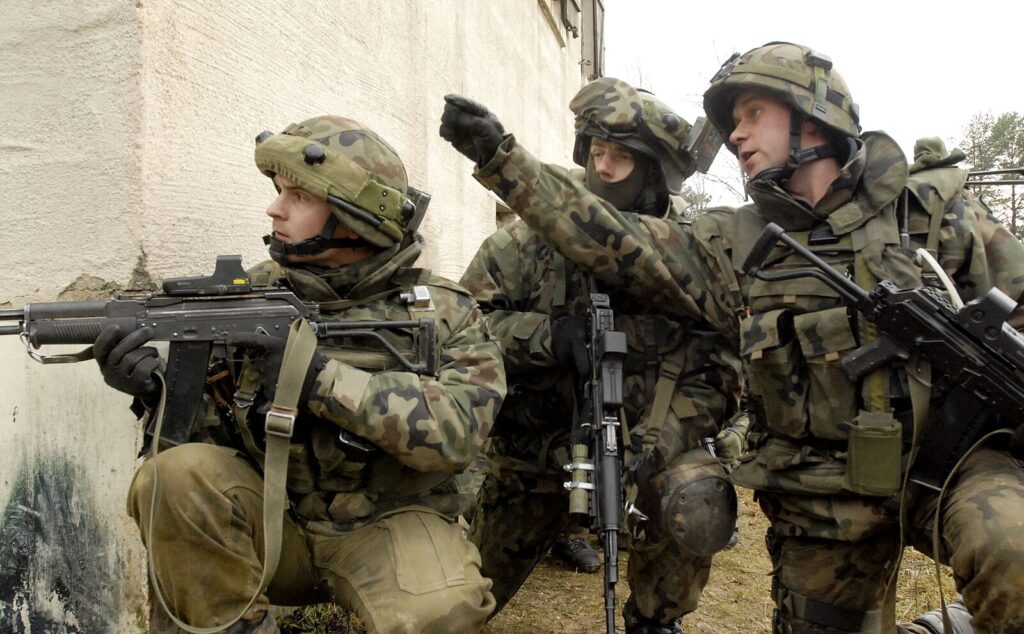
Poland’s FB Beryl is a rifle between worlds – Service rifles from around the world

The Great Gatorade Battle of Helmand Province
Sandboxx News
-

‘Sandboxx News’ Trucker Cap
$27.00 Select options This product has multiple variants. The options may be chosen on the product page -

‘AirPower’ Classic Hoodie
$46.00 – $48.00 Select options This product has multiple variants. The options may be chosen on the product page -

‘AirPower’ Golf Rope Hat
$31.00 Select options This product has multiple variants. The options may be chosen on the product page -

‘Sandboxx News’ Dad Hat
$27.00 Select options This product has multiple variants. The options may be chosen on the product page
